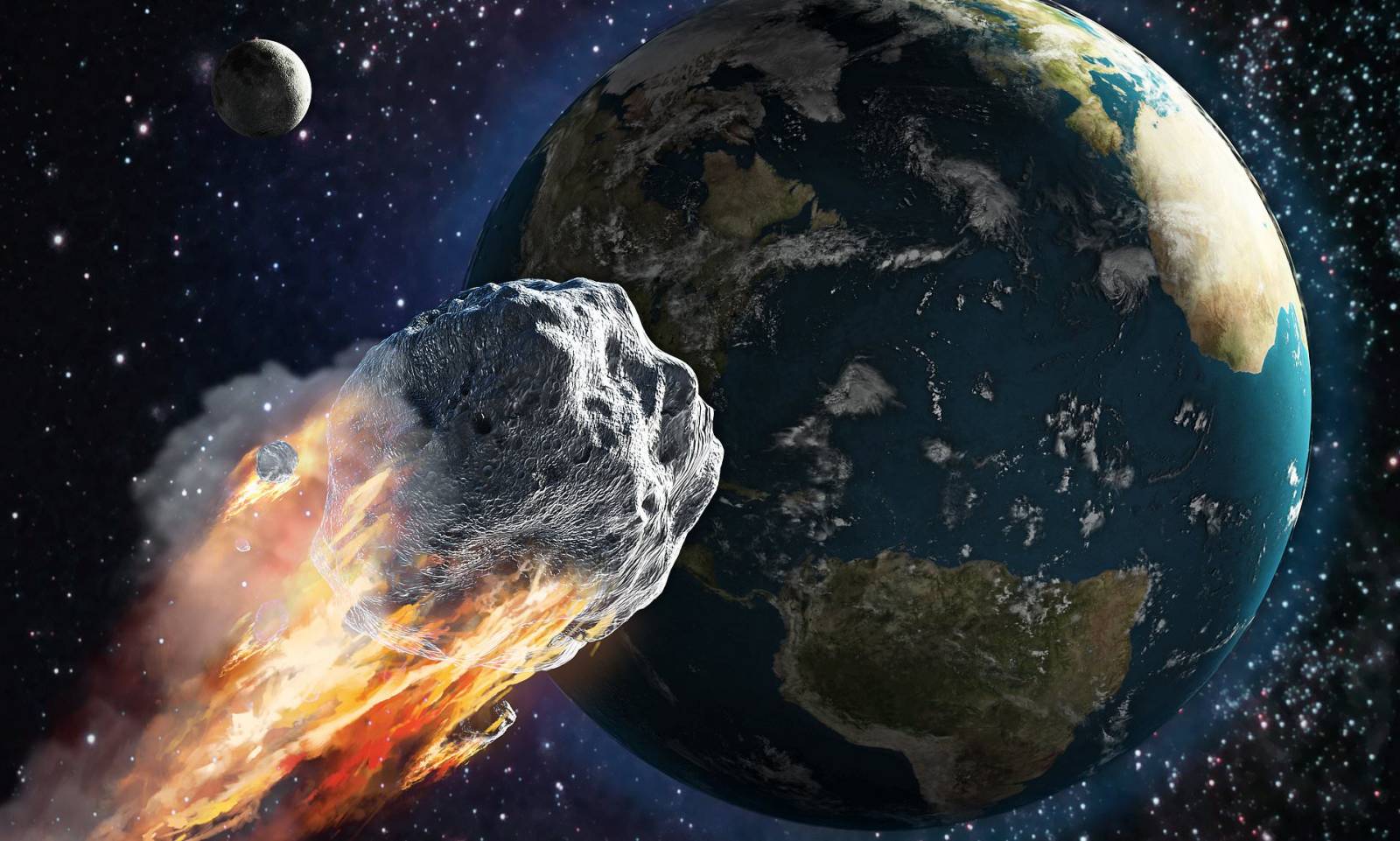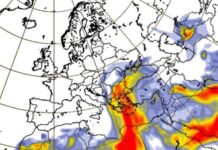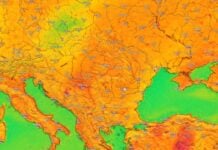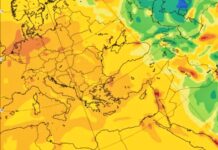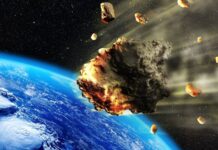NASA issued a new serious alert for an asteroid with a diameter of 1 kilometer that is approaching the Earth at a speed of 40.300 KM/h at the moment, and will reach our planet very soon. NASA discovered this giant asteroid in 1998, but its trajectory barely brings it close to the Earth, and its very large diameter practically represents the danger, because it can be diverted on its way to get close to Earth.
NASA has classified this asteroid as dangerous since 1998 precisely because it is so big, but theoretically, it should not hit the Earth when it reaches here at speed. On October 25 at 08:21 in the morning it should be possible to observe this asteroid closest to the Earth, or at least that's what the calculations made by NASA say about how the space rock is now approaching us.
NASA: SERIOUS ALERT for an ASTEROID with a Diameter of 1 KM
NASA has monitored over 400 times the way this asteroid moves through the universe at the moment, so it knows very clearly what will happen with the way it approaches the Earth. The problem is that the solar winds, and not only that, can modify the trajectory of any asteroid, and those from NASA say that there is always a very high risk of impact with the Earth, so they must classify the rocks as dangerous for our planet.
"The asteroid, officially designated Asteroid 1998 HL1, is linked to a 'near-Earth' trajectory." NASA predicts that the imposing rocky body will come despite the earth in the early evening of Friday, October 25. At its closest, Asteroid HL1 will zip by our planet at around 18.21 BST (17.21 UTC). When that happens, NASA's Next Asteroid said the object will fly by at speeds of about 11,21 km per second, or 25,076 km/h (40,356 km/h).”
NASA has missed several asteroids with a diameter of tens of meters on their journey to Earth, so it has incidents regarding their correct monitoring, which is quite a serious problem for us. NASA was harshly criticized for missing some asteroids that it should have detected, and the American space agency kind of admitted its mistakes, but it still has a lot to fix in the meantime.
NASA wants to greatly improve its ability to accurately detect asteroids, so it will launch a series of missions to do so, and they will cost hundreds of millions of dollars.


